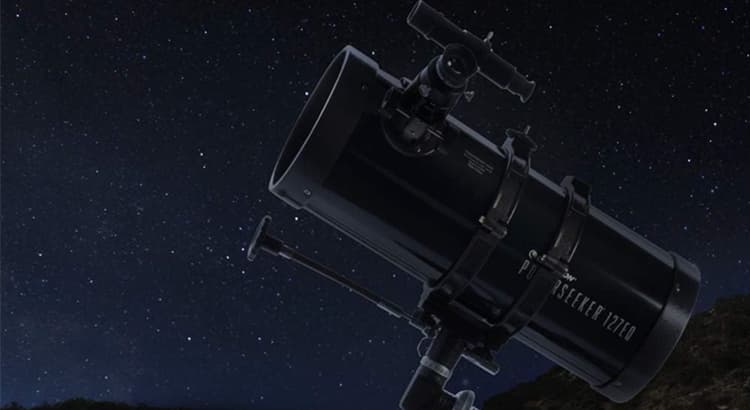For aspiring astronomers and celestial enthusiasts, the desire to explore the cosmos and witness the beauty of distant planets is a common fascination.
With the advancements in telescope technology, particularly those offered by renowned brands like Celestron, the possibility of observing planets has become more accessible than ever.
In this review, we’ll delve into the capabilities of Celestron telescopes and answer the question: Can you see planets with a Celestron telescope?
Unlocking the Mysteries of the Solar System
Celestron telescopes are renowned for their exceptional optics and precision engineering, making them ideal instruments for exploring the wonders of the universe.
With their range of telescope models, from entry-level to advanced, Celestron caters to astronomers of all levels, providing opportunities to observe celestial objects with clarity and detail.
The Power of Magnification
One of the key factors in observing planets with a telescope is magnification. Celestron telescopes offer a range of magnifications, allowing users to adjust the level of zoom based on their observing preferences and atmospheric conditions.
With higher magnification, planets appear larger and more detailed, revealing features such as surface texture, cloud bands, and even moons orbiting around them.
Choosing the Right Telescope Model
While all Celestron telescopes have the potential to observe planets, some models are better suited for planetary viewing than others. Refractor telescopes, such as the Celestron PowerSeeker series, offer crisp and clear views of planets like Jupiter, Saturn, and Mars, making them ideal choices for beginners and amateur astronomers.
For more advanced users seeking greater magnification and image clarity, Schmidt-Cassegrain telescopes, such as the Celestron NexStar series, provide superior optical performance and tracking capabilities. These telescopes enable observers to capture stunning views of planets and their intricate features, including Jupiter’s Great Red Spot and Saturn’s rings.
Tips for Planetary Observation
To maximize the potential of observing planets with a Celestron telescope, consider the following tips:
1. Choose the Right Time: Planetary observation is best conducted when the planets are at their highest point in the sky and under optimal atmospheric conditions. Check astronomical charts and plan your observation sessions accordingly.
2. Use Planetary Filters: Celestron offers a range of planetary filters designed to enhance contrast and reveal finer details on planetary surfaces. Experiment with different filters to optimize your viewing experience.
3. Practice Patience: Planetary observation requires patience and persistence. Atmospheric turbulence, known as “seeing,” can affect image stability and clarity. Be prepared to wait for moments of steady seeing to capture the best views.
4. Experiment with Eyepieces: Celestron telescopes come with interchangeable eyepieces, allowing users to customize magnification levels. Experiment with different eyepieces to find the optimal balance between magnification and image quality for planetary observation.
Conclusion
In conclusion, Celestron telescopes offer astronomers the opportunity to explore the planets of our solar system with unparalleled clarity and detail.
Whether you’re a beginner or an experienced observer, Celestron telescopes provide the tools and technology to unlock the mysteries of the cosmos and witness the beauty of distant planets up close.
With patience, practice, and the right equipment, observing planets with a Celestron telescope is not only possible but an awe-inspiring experience that fuels a lifelong passion for astronomy.





